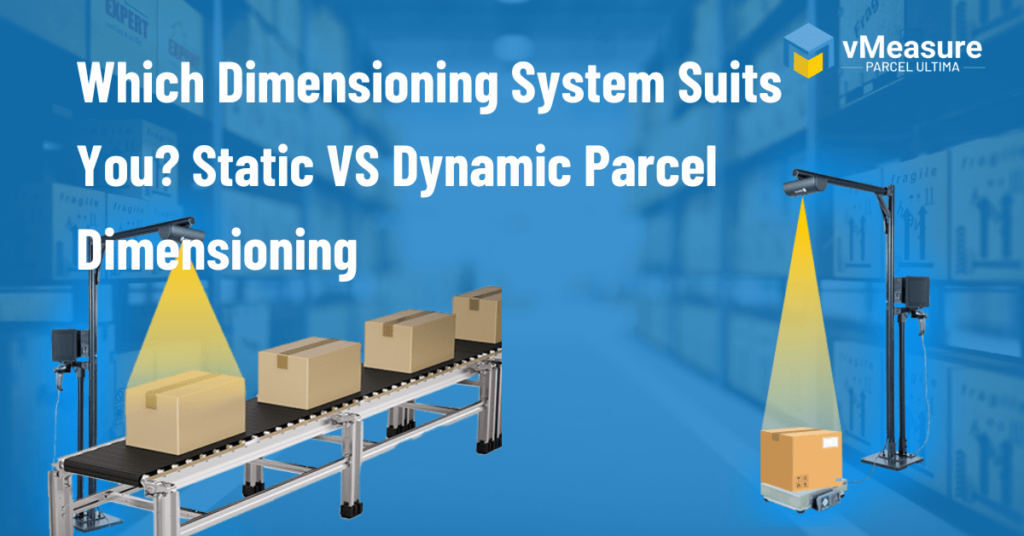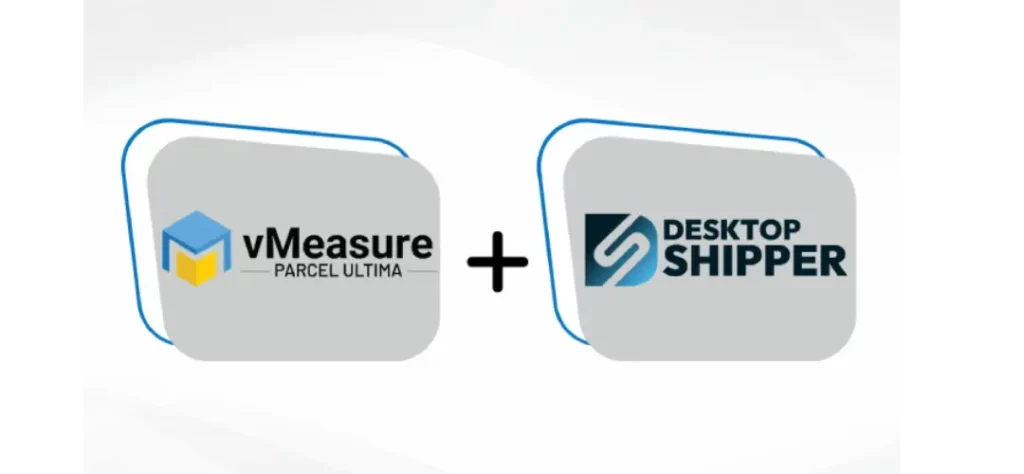Table of Contents
Summary
- More direct communication with customers, suppliers, and other business partners are now commonplace in warehouses. As a result, a dirty and disorganized warehouse may turn away potential customers.
- An organized warehouse increases efficiency, which enables businesses to find and remove waste in their operations. In addition, a company can better manage its warehousing procedures with an organized warehouse.
- Read this blog post to discover how to manage the space in your warehouse to increase revenues.
Introduction
Unbelievably, optimizing the warehouse is a monumental undertaking. Peak season can make this process more difficult. Knowing your warehouse space is the solution to every difficulty, though.
Many warehouse owners know that the most important task is optimizing the room space, but an organized warehouse can accomplish marvels! Who knows how? A neat warehouse may improve the aesthetics of your area, increase productivity, lower maintenance costs, prevent health and safety hazards, and simplify inventory management.
Imagine that shipping is a key component of all eCommerce firms while also constituting a sizeable portion of many companies operating costs. However, can you envision how much worse it can be if you ship your goods in the incorrect boxes? However, using the incorrect size boxes might be expensive. But using the right-sized boxes might save you a lot of room and money!
How can you make your warehouse space more efficient?
One of the most essential issues warehouse managers deal with is optimizing storage space. If done improperly, it may result in costly consequences such as obstructed aisles, lost supplies, and reduced productivity. The move to a larger facility can offer a quick fix, but it is not always the best solution.
If you want to maximize the use of your warehouse space, you need to develop a successful storage strategy that takes advantage of all available space. Furthermore, efficient warehouse storage maintains the stock management system without compromising effectiveness.
Given below are Some strategies you can take to maximize your warehouse storage capacity:
#1. Calculate the amount of storage space you utilize in your warehouse:
As part of optimizing your warehouse storage process, it is imperative that you determine how much space is utilized within your warehouse in terms of storage. To make it easier for you, here are four steps to calculating the storage space in your warehouse.
Taking your warehouse storage space into account requires a few steps:
- Step 1: Estimate the total amount of storage space in your warehouse
- Step 2: Analyze the current setup to determine the maximum storage capacity
- Step 3: Analyze potential warehouse storage areas
- Step 4: Calculate how much space you are using for storage – All necessary data will be accessible if you use a WMS. When you don’t use a Warehouse Management System, you must manually estimate your inventory to determine how much storage space you need.
Reduce the amount of space in the aisles:
The amount of space that can be used inside a warehouse depends on the width of the aisles. Although redesigning the entire warehouse architecture would cost much money, narrowing the aisles will enhance the desperately needed storage space.
Make sure your KPIs are up to date:
Aside from monitoring your KPIs, it’s also crucial to determine what aspects of your warehouse storage process need to be improved to achieve the best results. A few of the top KPIs are as follows:
- Inventory carrying costs: the price of keeping inventory in storage for a specific time frame. You must consider several carrying charges when calculating the carrying cost of inventory, including capital expenses, storage costs, service costs, damage costs, and obsolescence costs.
- Achieving storage productivity: decide how much merchandise is kept in each square foot of your warehouse.
- Utilization of space: determine how much space the inventory takes up concerning the total storage capacity of the warehouse.
- Inventory Turnover: find out how quickly an item moves through your warehouse. It counts the instances during a given time when an inventory was sold and replenished.
- Inventory-to-Sales Ratio: Determine whether your warehouse is equipped to withstand unforeseen storms. It gauges how much inventory you carry with the number of sales orders being filled.
#2. Choosing the right warehouse technologies can make all the difference:
Selecting the ideal warehouse technologies may maximize your available space and increase warehouse productivity.
The size of your facility, the mix of your products, and how you run your warehouse will all affect the best storage strategy for your warehouse.
So, Here are two robust technologies you can deploy today to maximize your warehouse space seamlessly:
Dimensioner machine:
Dimensioner machines are the only cost-effective technology that can help warehouses, shipping companies, and fulfillment centers improve their bottom lines today. The only real benefit of using dimensioner machines is that they can accurately, swiftly, and effectively measure the dimensions and weight of any type of package with no need for manual work.
Unlike conventional or manual methods, Dimensioner machines use cameras, 3D scanners, and non-proprietary scales to produce the most accurate results. As a result, companies may base their process and revenue optimization on quick, exact, and shareable measurement data. It’s time to invest in something better if your company still uses outdated dimensioning techniques.
In a nutshell, the dimensioner machine enables warehouses to operate more efficiently while improving the visibility of freight volumes and weights. The enhancement applies to all configured terminals’ inbound and outbound freight. These dimensioner machines also help warehouse price their products more predictably and ensure they arrive at their destinations on time.
Advantages of deploying dimensioner machines in your warehouses:
- Decreased manual labor
- Improved productivity
- Increased shipping cost accuracy
- Future capacity planning
- High-level quality control
- Improved slotting and cartonization
- Hardware that requires no maintenance and a user interface that is easy to use
- Data storage and customization options are endless
- Effortlessly recoup revenue
Autonomous guided vehicle:
As you want to automate your operation, consider whether automated guided vehicles (AGVs) may be a good fit for your business. Even though several technologies can automate any process, AGVs have several notable advantages. Once properly calibrated, these systems can be easily incorporated into your current operation and exhibit instant gains.
Automated guided vehicles are driven independently within a warehouse or distribution plant under computer control. These systems can carry objects efficiently and error-free without requiring human or manual input.
#3. Benefits of deploying autonomous guided vehicles:
Employers save money by doing away with ongoing expenses related to hiring and maintaining human staff, such as salary, healthcare, retirement benefits, vacation, sick pay, overtime pay, etc., in exchange for the initial investment required to buy an AGV.
Machines can work continuously without needing a break and quickly recover their initial investment.
Below listed are so the notable benefits of deploying AGV in your warehouses:
- Eliminates the possibility of structural and product damage
- Enhanced workplace safety
- A less expensive alternative to fixed automation systems
- An increase in inventory efficiency
- Reduction of human error
- Cost reductions in the labor force
Conclusion
A top priority that needs to be on any warehouse’s to-do list is organizing the room space. A well-kept warehouse does more than just provide a welcoming and inviting environment. Additionally, it promotes enhanced team productivity, improves inventory management, reduces waste, averts health and safety concerns, lowers maintenance expenses, and reflects the business’s professionalism.





